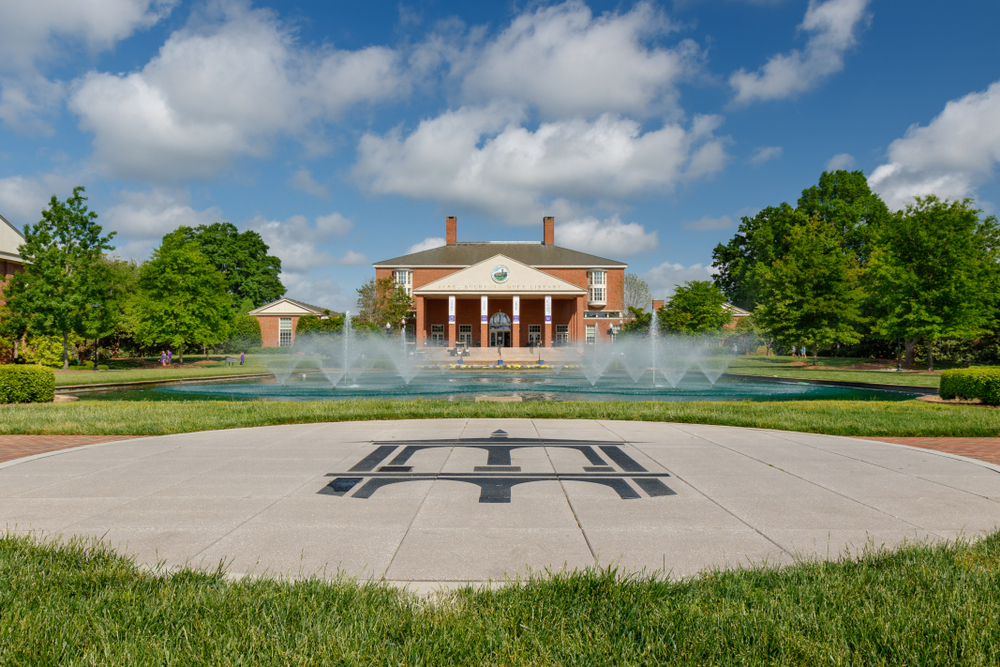Local news draws on Shi Institute report
Greenville, South Carolina – Furman University Shi Institute Fellow and sustainability science alumna Lydia Stubbs ’22 used two land remediation sites in Greenville, South Carolina, as the basis for a report on environmental injustice. Her study was cited in a Greenville News article by Sarah Swetlik. The article was published following a meeting in which community members heard a proposal for cleanup of a former manufactured gas facility site in Greenville’s Newtown where coal tar was discovered under wetlands in the 1990s. Stubbs compared the median income per household and demographic makeup for the Newtown/Bramlett Road site in a historically Black neighborhood and a site on East Broad Street that underwent cleanup and is now home to luxury apartments. Some groups said the disparity in the treatment of the two sites constituted environmental injustice, while others said the sites are difficult to compare due to the degree and types of contamination found at the locations.
Key Findings
In her report, Stubbs highlighted the disparities in treatment and outcomes between the two land remediation sites in Greenville. The comparison between the Newtown/Bramlett Road site and the East Broad Street site shed light on the environmental inequities faced by historically marginalized communities. The presence of coal tar in the wetlands of Newtown, a predominantly Black neighborhood, raised concerns about the potential health risks and environmental hazards faced by residents.
Community Response
The community meeting where the proposal for cleanup was presented sparked a range of reactions among attendees. While some advocated for comprehensive remediation efforts at the Newtown site to address long-standing environmental concerns, others questioned the feasibility and cost-effectiveness of such measures. The debate over environmental justice and equitable treatment of contaminated sites underscored the need for greater transparency and community involvement in decision-making processes.
Environmental Impact
The discovery of coal tar under the wetlands in Newtown not only posed immediate health and environmental risks but also raised broader questions about the legacy of industrial contamination in historically marginalized neighborhoods. The case of the Newtown/Bramlett Road site highlighted the ongoing challenges faced by communities grappling with the aftermath of industrial pollution and the need for targeted interventions to address environmental injustices.
Moving Forward
As stakeholders continue to assess the best course of action for remediation and cleanup efforts at the Newtown site, Stubbs’ report serves as a crucial reference point for understanding the environmental implications and social dimensions of the issue. The ongoing dialogue between community members, environmental advocates, and local authorities underscores the importance of collaborative approaches to addressing environmental injustices and promoting sustainable practices in land-use decisions.













